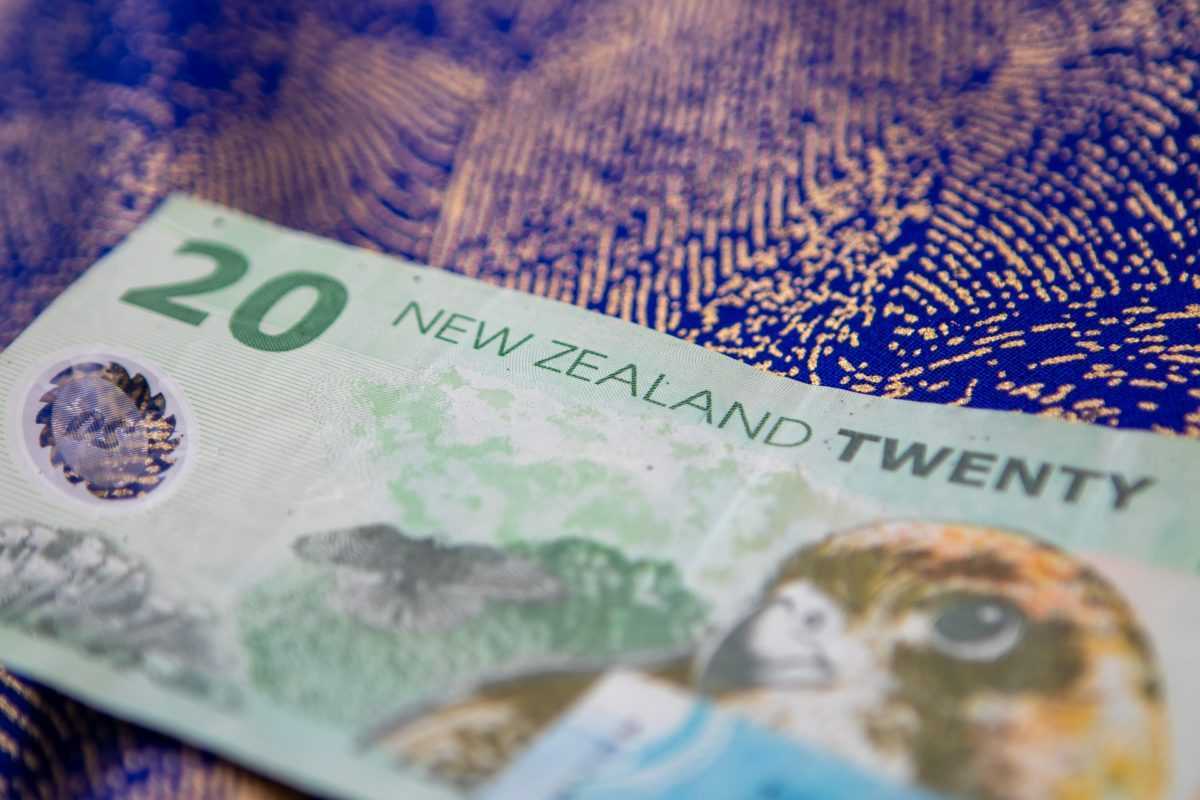NZD/USD moves in a positive direction with good data and economic recovery. Effective curbing of Covid infections has further aided the economy.

Though Covid cases are increasing around the globe, New Zealand has overcome the covid-10 virus much better than other countries. Covid-19 vaccines get a boost from regulatory authorities in the US, UK, and Europe and the global health of countries may improve.
RBNZ’s optimism has helped the currency’s uptrend. Optimism from Trade Surplus, Business Confidence, and Activity Outlook in New Zealand brings a positive outlook for the currency.
China’s economic data has been good and propels the Kiwi higher.
NZD/USD
NZD/USD Gains Positive Momentum with Good Data
The kiwi has rallied more than 25% against the US dollar since the March lows, as it moves towards the major resistance at 0.7050. The NZD/USD currency pair rises to a new high, the highest since June 2018.
There has been a surplus in annual trade balance by $2.2 billion in New Zealand. New Zealand has recorded its biggest trade surplus in 28 years.
Imports have fallen sharply by 10%. Imports slumped in turbojets, cars, and fuel, caused by the pandemic and the lockdown following it. Domestic and international travel restricted in March has further slowed down the covid-19 cases. Imports fell by transport disturbances and shipping delays. While vehicle stock has come down, demand for new and used vehicles is on the increase.
Exports will get back to normal, especially in agricultural production, say experts. But once the economy gets back on its foot and the global economy strengthens, the trade balance is likely to move into the negative zone in New Zealand, say experts.
Activity Outlook in New Zealand is at 9.1%, way above the previous data at -4.6%. Business Confidence has recovered to -6.9 from -15.6.
Soaring house prices causes great concern to the Government and the Reserve Bank. The Reserve bank, in its Financial Stability Report (FSR), released on Wednesday, 25 November, has announced various loan to value ratio restrictions (LVRs). The report, which is released twice a year, gives an analysis of the health of the financial system and the insurance sector. Market activity in the housing sector shows a strong rebound, says the report.
Retail sales q/q has been good in the country. Data shows that retail sales have increased by 7.4% for the quarter when compared to the previous year. It is the highest since 1995. Groceries, vehicles, and household items are some products where additional spending is seen. However, for the June quarter, retail sales saw a drop by 15%, caused by the pandemic and lockdown.
Stronger than Expected Chinese Data Strengthens NZD
NBS Manufacturing PMI in China data shows good results at 52.1in November, much above expected data at 51.5 and above 51.4 in October. Non-Manufacturing PMI in November is at 56.4, above the expected 52.1. Retail Sales y/y finds a tremendous increase to 3.1%, while the forecast was just at 0.6%.
As China is a major trading partner of New Zealand and Australia, any positive data from China will bring an upward momentum to these currencies.
AUD/USD
Australia Keeps Rates Unchanged
Company operating profits q/q are at 3.2%, much below the forecast figure at 4.0%. The Reserve Bank of Australia keeps its cash rate at 0.10%. Yield target rates remain the same, and no changes are made to the asset purchase program.
The AUD/USD has been moving higher, towards a breakout, while the US Dollar Index has broken below its major support at 91.75. The Australian dollar is moving towards the 0.75 levels attracting investors to the currency.
The current level at 0.7350 has supported the currency pair from further downward movement last week. It has another support at 0.7260 levels. Good economic data from China reflects on the health of both Australia and New Zealand, pulling the currencies higher.
Coronavirus Restricted in New Zealand and Australia
New Zealand and Australia have suppressed the coronavirus successfully. State borders are reopening. Victoria, a populated city in Australia, has curbed the resurgence in virus cases well, while cases in New Zealand are at insignificant levels.
In the EU, Germany and France have announced nation-wide lockdowns, as virus infections are higher. The United Kingdom is under lockdown until 2 December. In the US, there are around 100,000 new Covid cases every day.
GBP/USD
Sterling Remains Range Bound
The Sterling continues to remain unchanged despite vaccine hopes. Brexit talks are not moving smoothly, as expected. Under the current situation, any deal announcement will bring a rally in the Sterling.
US Dollar Index
US Dollar Weakens
The US Dollar Index (DXY) remains below key levels at 92.00 on Tuesday. It is moving on a downward path as investors move towards risk-associated assets. A fiscal stimulus package announcement is expected in the US, and this may further weaken the greenback. The political scenario in the US is quite stable, and there are indications of good economic growth too. The weakening dollar has strengthened the New Zealand dollar.
Experts say that New Zealand’s GDP will show growth after the pandemic slowdown. Investment activity has resurged aided by good monetary policy in the country, while domestic demand is on the increase, showing signs of economic recovery.